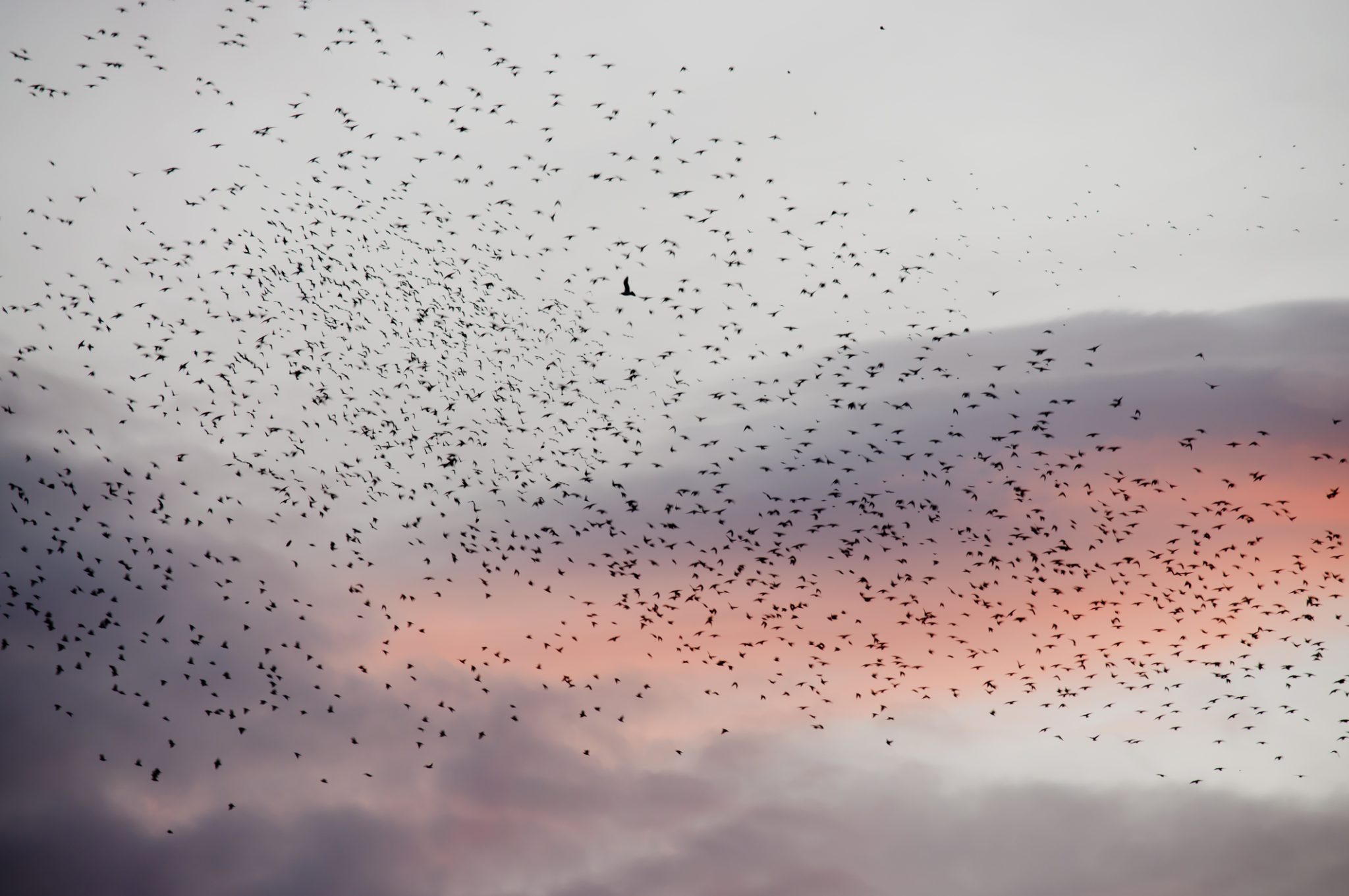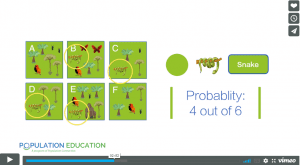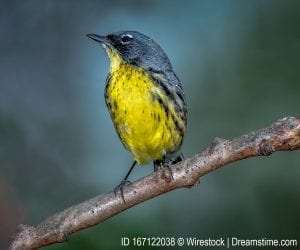Climate change is here and humans across the globe are noticing its impacts more and more each year. While we are responsible for these changes, we aren’t the only creatures feeling the effects. Every living thing on Earth is grappling with climate change and must adapt in order to survive. Read on to learn more about the challenges facing wildlife because of climate change and how different species are responding to our new normal.
Climate Change and Habitat Loss
One of the most pressing issues facing animals today is the loss of their native habitats, and climate change is making these wild spaces even more vulnerable. When extreme storms occur, bird nesting trees are blown over and made useless. Wildfires can destroy entire ecosystems that animals have evolved to be reliant on. Droughts and intense heat reduce the amount of available water, posing a huge survival risk. These changes have occurred faster than animals can adapt to them, making it much harder for them to thrive.
How Is Climate Change Affecting Polar Bears?
There’s a reason polar bears are the poster animal for climate change – they’re a perfect example of an animal losing its habitat due to climate change. They depend on the Arctic sea ice as a place to rest, raise cubs, and hunt. Because of rising global temperatures, sea ice is rapidly melting, making it much harder for polar bears to survive. Without adequate amounts of sea ice to rest on, polar bears can drown from exhaustion as they are forced to swim greater distances between ice patches. Sea ice provides polar bears with the vantage point they need to hunt for prey hiding in the water, like ringed seals and beluga whales. With less sea ice to hunt from, polar bears are eating less and beginning to search for prey on land. Unfortunately, the food supply on land is likely not enough to support the global population of polar bears. Competition for the meager resources is expected to increase as more sea ice disappears. Restoring the polar bear’s natural habitat is the only way to guarantee its survival far into the future.
Migration, Disease, and Life Cycle Patterns in a Warming World
How Are Hibernating Animals Affected by Global Climate Change?
Much like their habitats, animals’ natural patterns are beginning to shift in response to climate change too. Researchers have noticed that hibernating animals are waking up earlier because of warmer winters. If seasonally available food supplies aren’t ready yet, these animals can be forced to find other things to eat, potentially throwing off the ecosystem’s balance.
How Are Fish Affected by Climate Change?
Fish are changing their habits as well. As the oceans warm, many species have been moving north in search of cooler water. This has been disastrous in some parts of the world. Off the coast of Australia, invasive grazing fish have wreaked havoc on local kelp forests, killing large amounts of lobster and abalone.
How Are Birds Affected by Climate Change?
Migratory birds are experiencing a similar behavioral shift due to climate change. In the past, Richard’s pipits were known to follow a north to south migration, from Siberia to southern Asia. Now, scientists have noted that the birds are migrating east to west, from Siberia to southern Europe. While it’s still unclear as to why this change has happened, it’s likely that the birds have shifted their migration patterns because of rising global temperatures. Other birds are following suit, like the willow warbler and nightingale. Typically, these birds would migrate from Europe to Africa in early fall and stay until late spring. Now, they are staying in Europe later into the fall and returning earlier in the spring. This is likely happening due to warmer temperatures in Europe keeping their food supplies around for a longer period of time.

Diseases Spreading Due to Climate Change
Unfortunately, these changing migration habits aren’t just creating interesting sights for birdwatchers. They appear to be spreading disease. Bird flu is currently sweeping through avian populations at unprecedented levels and scientists believe climate change is a factor. As birds begin to migrate to new places, they interact with birds that they usually wouldn’t cross paths with. It’s possible that these introductions are expanding the range of bird flu and leading to more widespread illness.
How Does Ocean Acidification Affect Animals?

Human activity is emitting large amounts of carbon dioxide into the atmosphere. A portion of this carbon dioxide is absorbed by the oceans, making them more acidic than they should be. Some ocean animals are struggling to adapt to this newly acidic environment.
Animals Affected by Ocean Acidification
Animals with shells or skeletons made out of calcium carbonate (crabs, oysters, seasnails, etc.) are having to work extra hard to repair their bodies as the corrosive ocean water wears them away. Having to exert additional energy on healing injuries is making reproduction more difficult and reducing the size of these animals. Scientists predict that this will alter the ocean’s food chain, as many other ocean animals (and humans) depend on shellfish for food.
How Can We Save Animals from Climate Change?
These changes are proof that nature is a delicate and interconnected system. When the natural balance is upset by climate change, ripple effects can be felt from the bottom of the ocean to the tops of the trees. We can only hope that the world at large will acknowledge these impacts on wildlife and take them seriously. If we continue to emit large amounts of carbon dioxide, extreme changes will continue to happen.
A global reduction in CO2 emissions is the only path forward. Some progress is being made, through clean energy initiatives and sustainable agriculture programs, but more must be done by high emission countries to prevent environmental disaster. While there are some practical things people can do to help – reduce your carbon footprint, support conservation efforts, practice sustainable consumption – it will take large-scale changes from governments, companies, and entire communities to make real change.
Image credits: Polar bear on melting ice (Photo 3020003 | Polar Bear © Jan Martin Will | Dreamstime.com), Migrating birds in the sky (Photo 26422589 | Migrating Birds © Claudio Balducelli | Dreamstime.com), American Oystercatcher eating shellfish (Photo 31061591 © Brian Kushner | Dreamstime.com)





